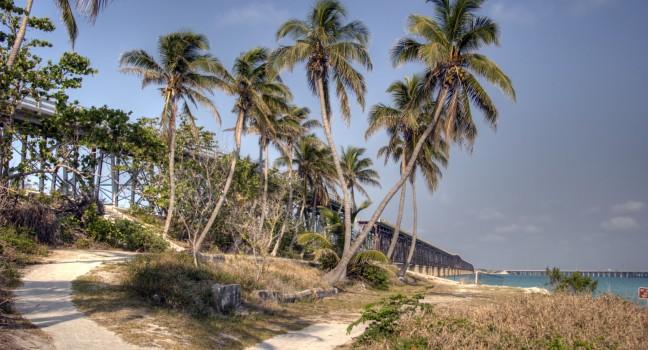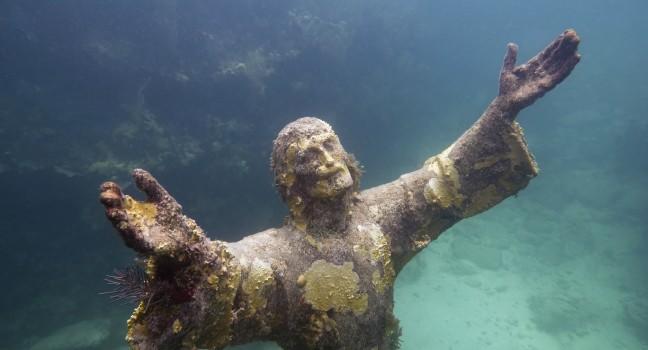Bahia Honda State Park

Most first-time visitors to the region are dismayed by the lack of beaches—but then they discover Bahia Honda Key. The 524-acre park sprawls across both sides of the highway, giving it 2½ miles of fabulous sandy coastline. Beaches include Sandspur and Loggerhead Beaches on the Atlantic side and Calusa Beach, which faces the Gulf of Mexico. The snorkeling isn't bad, either; there's underwater life (soft coral, queen conchs, random little fish) just a few hundred feet offshore. Seasonal ranger-led nature programs take place at or depart from the Sand and Sea Nature Center. There are rental cabins and a campground, snack bar, gift shop, and 19-slip marina, as well as facilities for renting kayaks and arranging snorkeling tours. Get a panoramic view of the island from what's left of the railroad—the Bahia Honda Rail Bridge.




